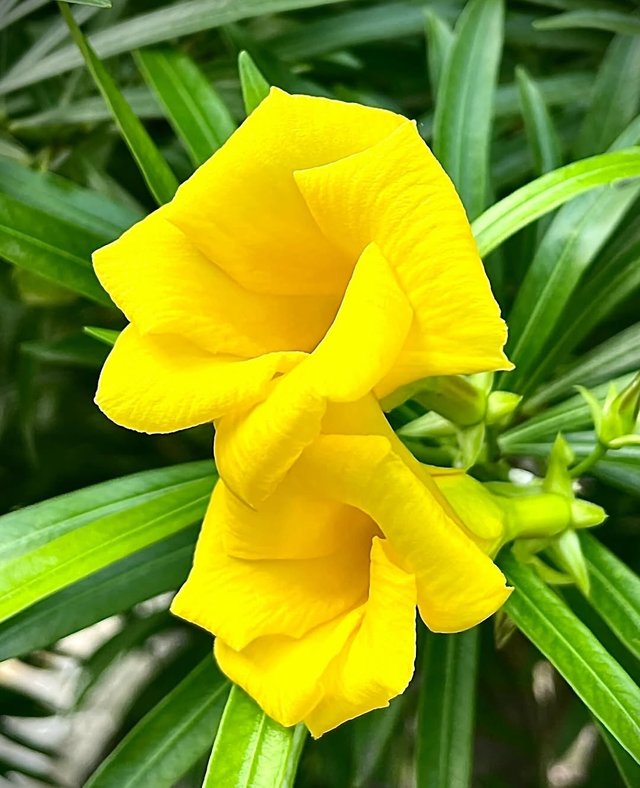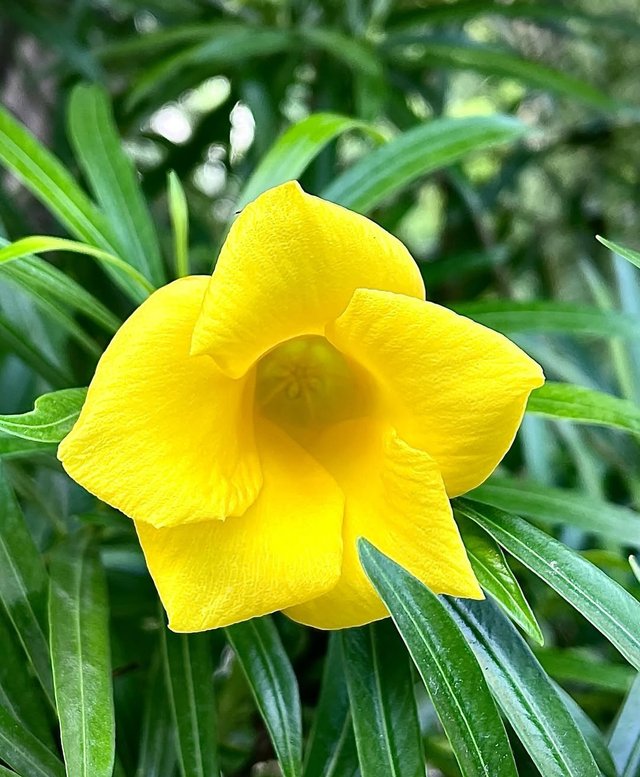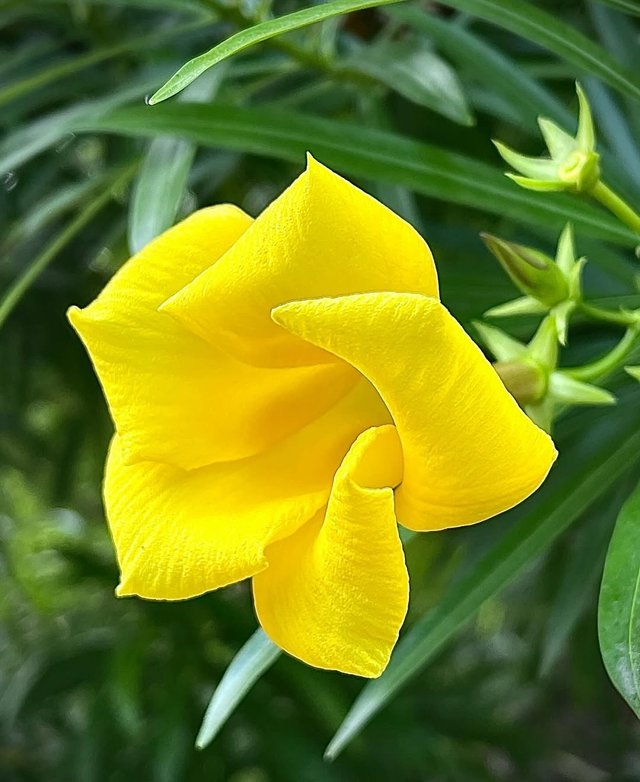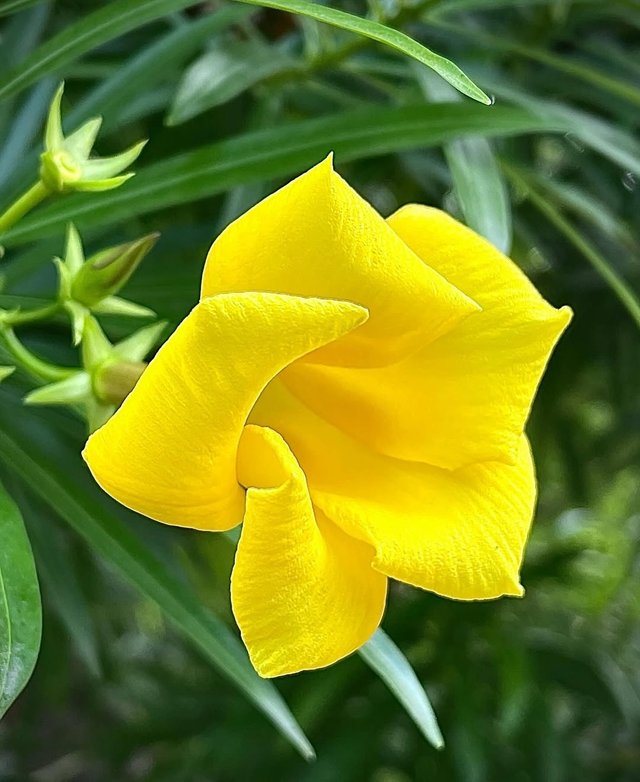Yellow Colour Thevetia Peruviana Flower
Golden cascades and bright green leaves—the image you bring up with Thevetia peruviana makes me think of a plant that is both enchanting and quietly dangerous. Here’s a long post that unfolds its story:
Thevetia peruviana: The Yellow Oleander
Thevetia peruviana, commonly known as yellow oleander, lucky nut, or be-still tree, is a tropical evergreen shrub or small tree belonging to the dogbane family, Apocynaceae. Native to Mexico and Central America, it has now spread widely across Asia, Africa, and many other warm regions, both as an ornamental plant and a wild-growing species. With its clusters of golden, funnel-shaped blossoms and lush green foliage, it is admired for its beauty, but at the same time, it carries an air of danger due to its highly toxic nature.
Appearance and Growth Habit
Size: Usually grows between 2–5 meters in height, though under favorable conditions it can reach taller.
Leaves: Long, narrow, lance-shaped leaves with a glossy surface, arranged spirally along the branches, giving the plant a soft yet striking look.
Flowers: The hallmark of Thevetia peruviana is its bright yellow to orange trumpet-shaped flowers, blooming abundantly throughout the year in warm climates. Their fragrance is mild, often most noticeable in the mornings.
Fruits: The plant produces distinctive, green, fleshy drupes that turn black upon ripening, usually shaped like an irregular sphere or heart. Each fruit contains a hard seed known as the “lucky nut.”
Symbolism and Cultural Presence
Thevetia is often planted in gardens, parks, and along roadsides for its ornamental value. Its constant flowering makes it a symbol of brightness and resilience in hot, dry environments. In some cultures, the seeds—despite being toxic—are carried as charms for luck or protection, which explains the nickname “lucky nut.”However, its presence in folklore is mixed; because of its poisonous qualities, it sometimes represents caution, hidden danger, or death. In rural areas, it has been both feared and revered.
Toxicity and Risks
Every part of the plant, including leaves, flowers, fruits, and seeds, contains cardiac glycosides, compounds similar to those found in the common oleander. These substances affect heart function and can be lethal in even small quantities if ingested.




